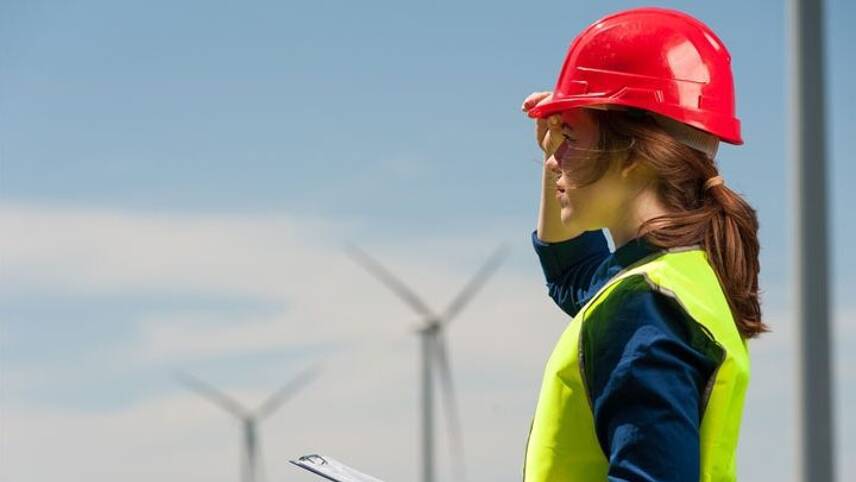Register for free and continue reading
Join our growing army of changemakers and get unlimited access to our premium content

The IEA also predicts that the energy sector will experience its “fastest employment growth in recent years” this year
The IEA’s World Energy Employment Report is a self-proclaimed “first comprehensive inventory of the global energy workforce”, and provides new estimates on the size of the energy job market across the value chain – ranging from fossil fuels and power sector generation, to distribution and transmission services and end use such as vehicles and energy efficiency for buildings and industry.
The report found that energy jobs have increased above pre-pandemic levels of more than 65 million people, following a decline as a result of the coronavirus pandemic. Overall, the sector accounts for 2% of the total labour force and clean energy workers account for more than 50% of the sector. Additionally, the report states that almost two-thirds of workers are involved in building new projects and manufacturing clean energy technologies.
The growth has been driven by the clean energy sector, with oil and gas having experienced some of the “largest declines in employment at the start of the pandemic and has yet to fully recover”.
The IEA also predicts that the energy sector will experience its “fastest employment growth in recent years” this year, but that high input costs and supply chain challenges may create unique hiring issues in some subsectors such as solar, wind, oil and gas.
The Asia-Pacific region will continue to experience growth and accounts for more than half of the overall employment total. This, the IEA states, reflects expanding energy infrastructure and access to lower-cost labour. China alone accounts for 30% of the global energy workforce. Of the total energy workforce, 45% are considered in “high-skilled occupations”, far higher than the global average of 25%.
The IEA has also explored job growth changes under the net-zero transition. Under one scenario, 14 million new clean energy jobs can be created by 2030, with another 16 million workers switching roles in the clean energy market.
“Countries around the world are responding to the current crisis by seeking to accelerate the growth of homegrown clean energy industries. The regions that make this move will see huge growth in jobs,” said IEA Executive Director Fatih Birol.
“Seizing this opportunity requires skilled workers. Governments, companies, labour representatives and educators must come together to develop the programmes and accreditations needed to cultivate this workforce and ensure the jobs created are quality jobs that can attract a diverse workforce.”
UK focus
Last year, research found that more than 800,000 job losses caused by the coronavirus pandemic in the UK could be replaced by new green jobs, provided government and private investment is mobilised to push towards the 2050 net-zero target.
According to ONS, the number of job vacancies fell by almost a quarter between January and March 2021, with 28.2 million workers on the payroll in the UK, which is a decline of 2.8% compared to the same period last year. This equates to a decline of 813,000 jobs over the 12-month period, which is predominantly caused by the coronavirus pandemic and subsequent lockdowns.
Of these jobs losses, more than 350,000 are from the accommodation and food service activities sector, 436,000 belonged to people under the age of 25 and 223,000 job losses were from employees living in London.
Building on those statistics, research compiled by the campaign group Green New Deal UK has found that the 813,000 jobs loss recorded over the last 12 months could be offset by a growth in green jobs.
Green New Deal UK’s analysis claims that the nation can deliver a net job gain of around 240,000 over a two-year period and 720,000 over the next 10 years. Delivery of the growth in green jobs would require government and private investment in energy, infrastructure, research and social care that are all aligned to the net-zero target.


Please login or Register to leave a comment.